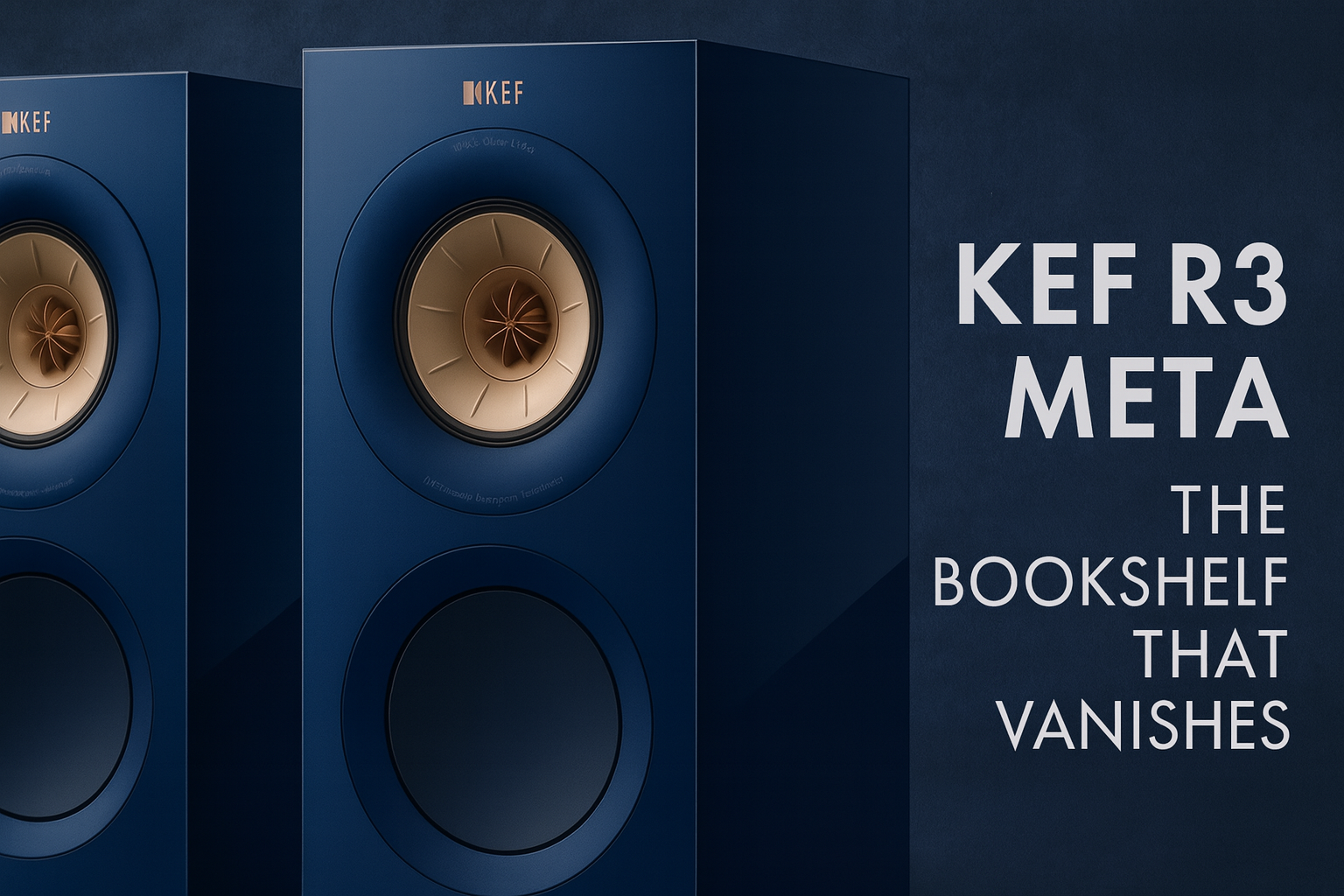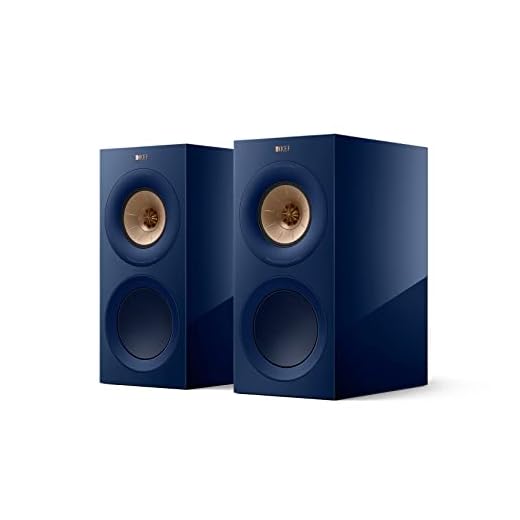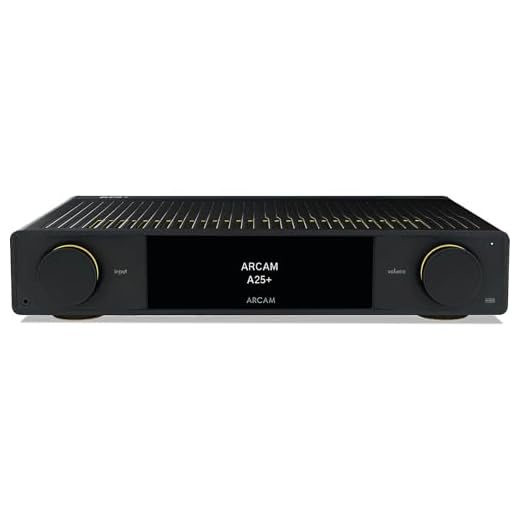There’s a kind of magic that happens when a speaker disappears. Not physically, of course — the cabinet remains, perched on its stand, gleaming in Indigo Gloss. But sonically, it vanishes. The soundstage blooms, vocals hover in space, and instruments stretch across a phantom center so vivid it feels sculpted. The KEF R3 Meta is one of those rare speakers that performs this disappearing act with grace and precision. It doesn’t just play music — it reveals it.
A Legacy Forged in Kent
To understand the R3 Meta, we must first understand KEF. Founded in 1961 by Raymond Cooke, a BBC engineer with a passion for acoustic innovation, KEF — short for Kent Engineering & Foundry — quickly became a pioneer in loudspeaker design. From the early days of computer-aided modeling in the 1970s to the Reference Series that defined high-fidelity benchmarks, KEF has always pursued one goal: sonic truth.
This pursuit led to breakthroughs like the Uni-Q driver array, a radical rethinking of how sound should radiate from a speaker. It also birthed the Reference Series — KEF’s temple of acoustic precision — where every component is tuned not just for performance, but for emotional resonance. The R3 Meta, though technically a bookshelf speaker, inherits this lineage. It’s a distillation of decades of engineering, wrapped in a compact form that defies expectation.
Uni-Q: The Point Source Dream
At the heart of the R3 Meta lies KEF’s 12th-generation Uni-Q driver array. First introduced in the late 1980s, Uni-Q places the tweeter at the acoustic center of the midrange cone, creating a single point source that radiates sound evenly across the room. This design minimizes phase issues and diffraction, resulting in a wide sweet spot and coherent imaging — essential ingredients for the illusion of a phantom center.
But the R3 Meta goes further. It incorporates MAT — Metamaterial Absorption Technology — a labyrinthine structure behind the tweeter that absorbs 99% of unwanted rearward sound. This isn’t just a technical flourish; it’s a sonic revelation. With MAT, the Uni-Q driver becomes even more transparent, allowing vocals and instruments to emerge with startling clarity and purity.
The result is a speaker that doesn’t just reproduce sound — it sculpts it.
The Architecture of a Three-Way Masterpiece
Unlike many bookshelf designs that rely on two-way configurations, the R3 Meta is a true three-way speaker. This allows each driver to focus on its optimal frequency range, reducing distortion and enhancing detail.
Here’s what lives inside:
- High Frequency (HF): 1″ vented aluminum dome tweeter with MAT
- Midrange (MF): 5″ aluminum cone
- Low Frequency (LF): 6.5″ hybrid aluminum bass driver
The cabinet is a bass reflex design, tuned to extend low-end response without muddiness. KEF claims a frequency range of 38 Hz to 50 kHz (-6dB), with a ±3dB response from 58 Hz to 28 kHz — more than enough to capture the full emotional spectrum of music. Harmonic distortion is kept below 0.5% from 90 Hz to 20 kHz, ensuring transparency even at high volumes.
Other specs include:
- Sensitivity: 87 dB
- Nominal Impedance: 4Ω (minimum 3.2Ω)
- Amplifier Requirements: 15–180W
- Maximum Output: 110 dB
- Dimensions (H x W x D): 16.6 x 7.9 x 13.2 in
These numbers tell a story — one of precision, power, and poise.
Born from The Reference
KEF’s Reference Series is more than a product line — it’s a philosophy. Every speaker in the series is built with obsessive attention to detail, from cabinet bracing to crossover topology. The R3 Meta borrows liberally from this lineage, incorporating technologies and design principles that elevate it far beyond its bookshelf category.
The crossover, for instance, is tuned to preserve phase integrity and tonal balance across the drivers. The cabinet is internally braced to reduce resonance. Even the port design is optimized to minimize turbulence and coloration. These are the kinds of choices that don’t show up in spec sheets — but they show up in the listening.
Indigo Gloss and the Ritual of Placement
The R3 Meta is available in four finishes — Black Gloss, White Gloss, Walnut, and the Indigo Gloss Special Edition. The latter is particularly striking, offering a deep, lustrous hue that shifts subtly with ambient light. It’s a finish that invites ritual: the careful placement of stands, the toe-in for imaging, the distance from walls to tame bass bloom.
KEF recommends pairing the R3 Meta with its S2 stands, which offer ideal height and decoupling. But placement is more than geometry — it’s philosophy. These speakers reward intention. A few degrees of toe-in can sharpen the phantom center. A few inches of breathing room can unlock bass depth. It’s a dance between space and sound.
Listening: The Bookshelf That Belongs in a Temple
To listen to the R3 Meta is to enter a temple of sonic truth. Vocals emerge from nowhere, centered and vivid. Cymbals shimmer with air and decay. Bass lines pulse with texture and control. The speaker doesn’t impose itself — it reveals what’s already there.
This is especially true with well-recorded live performances. As you discovered with Keep Talking (Live) by Pink Floyd, the R3 Meta thrives on spatial complexity. It renders crowd ambience, stage depth, and dynamic shifts with finesse. And with Josephine (2019 Remaster) by Chris Rea, the speaker’s ability to envelop the listener — even at moderate volumes — becomes a whole-body experience.
It’s not just about fidelity. It’s about emotional resonance.
What’s in the Box
KEF includes everything you need to begin your ritual:
- 1 pair of R3 Meta loudspeakers
- 1 pair of microfiber grilles
- Rubber feet
- Port bungs
- User manual
The grilles are magnetically attached, preserving the clean lines of the cabinet. The port bungs allow for bass tuning, especially useful in smaller rooms or near-wall placement.
Closing Reflection: The Phantom Center, Revisited
The R3 Meta is more than a product — it’s a philosophy made audible. It honors KEF’s legacy of innovation, from the BBC labs to the Reference Series. It refines the Uni-Q dream with MAT, sculpting sound with precision and grace. And it invites the listener into a ritual of placement, intention, and discovery.
In your editorial arc on stereo imaging and crossover design, the R3 Meta deserves a chapter. It’s a speaker that vanishes — not because it’s small, but because it’s sublime. It leaves behind only the music, and in doing so, it reminds us why we listen.



